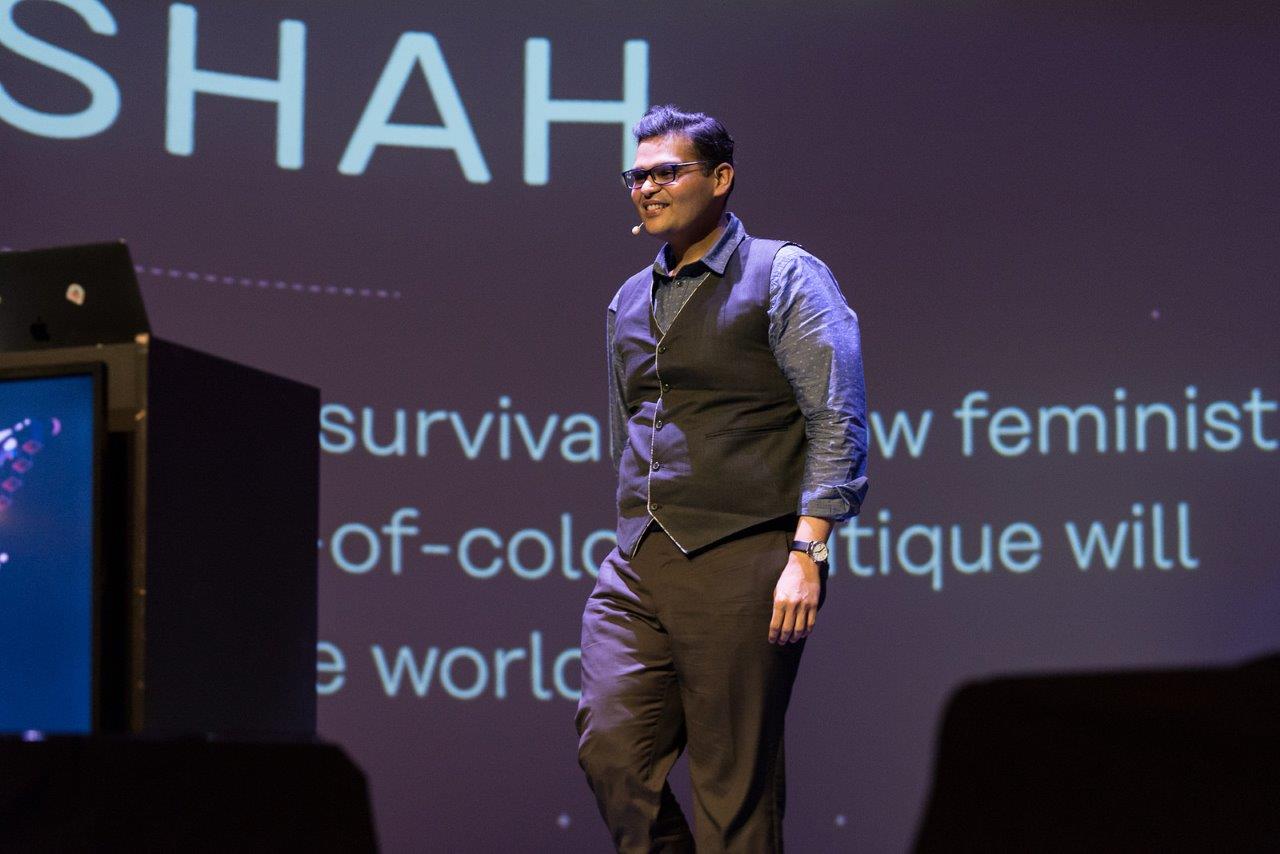Why the digital world needs a new vocabulary to defend our rights
Social media has become the de facto visual representation of the digital. The infinite scroll seduces all our attention and it is also where the drama is. It is designed for human engagement and consumption and offers cybernetic feedback loops of instant gratification. They feed us with something almost being said, a sentence without an end, an expression that hasn’t yet been completed, a tale that grows in its telling, thus keeping us hooked to what is just around the corner. Thus, when we say “online”, or “connected”, or “digital”, we eventually narrow it down to apps and sites and platforms that we engage with through different digital devices. This focus on social media as synonymous with the digital works two ways: One, it shapes our digital devices to be continually updated to join these social media platforms, thus creating the need for everything to be smart and controlled by our phones and bodies. Two, it shapes our lives to be documented, streamed and stored through these ubiquitous devices that surround us. In the midst of this updating to remain Continue Reading …
